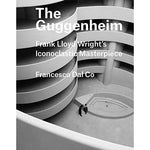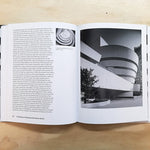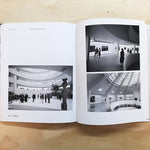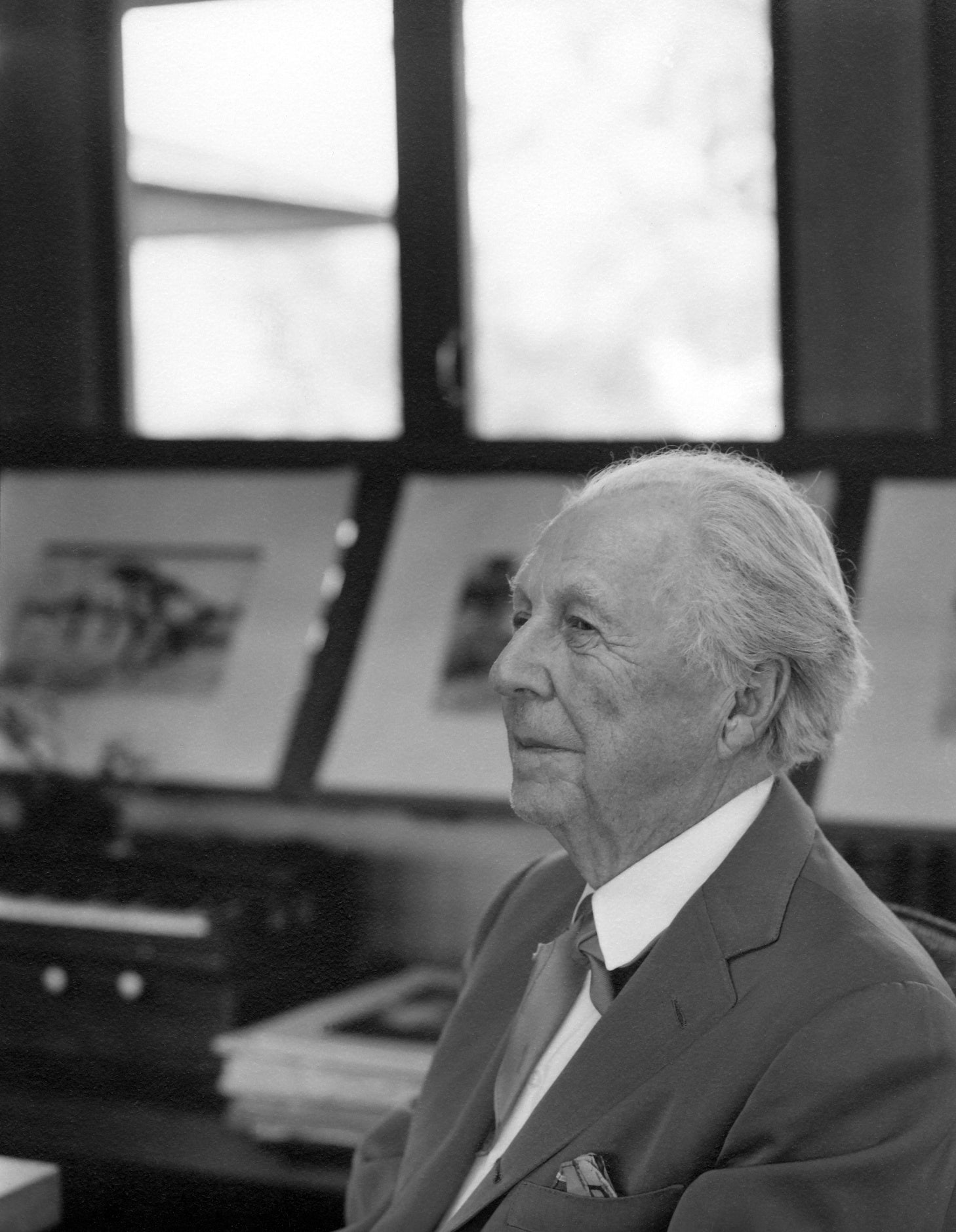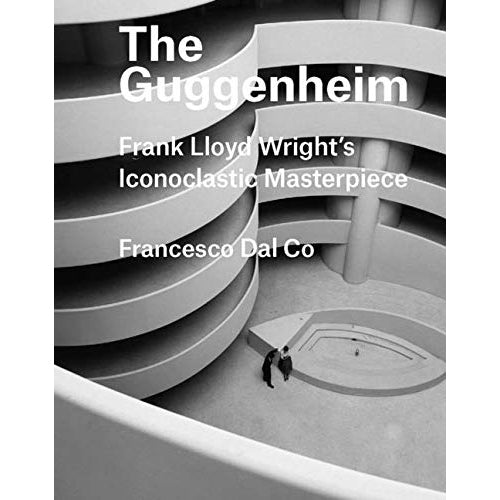

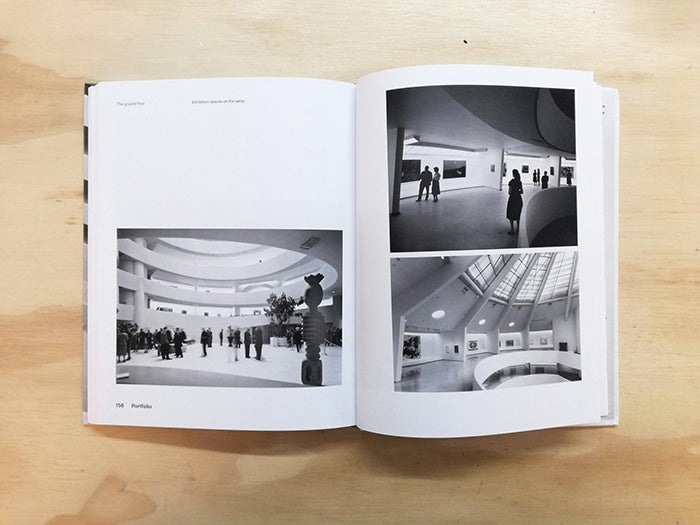
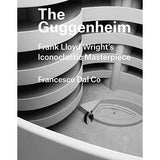

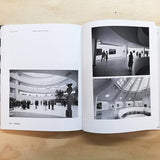
The Guggenheim: Frank Lloyd Wright's Iconoclastic Masterpiece
- Description
- Details
- Shipping
- Returns
The captivating tale of the plans and personalities behind one of New York City’s most radical and recognizable buildings.
Considered the crowning achievement of Frank Lloyd Wright (1867–1959), the Solomon R. Guggenheim Museum in Manhattan is often called iconic. But it is in fact iconoclastic, standing in stark contrast to the surrounding metropolis and setting a new standard for the postwar art museum. Commissioned to design the building in 1943 by the museum’s founding curator, Baroness Hilla von Rebay, Wright established residence in the Plaza Hotel in order to oversee the project. Over the next 17 years, Wright continuously clashed with his clients over the cost and the design, a conflict that extended to the city of New York and its cultural establishment.
Against all odds, Wright held fast to his radical design concept of an inverted ziggurat and spiraling ramp, built with a continuous beam—a shape recalling the form of an hourglass. Construction was only completed in 1959, six months after Wright’s death. The building’s initial critical response ultimately gave way to near-universal admiration, as it came to be seen as an architectural masterpiece. This essential text, offering a behind-the-scenes story of the Guggenheim along with a careful reading of its architecture, is beautifully illustrated with more than 150 images, including plans, drawings, and rare photographs of the building under construction.
⋅Written by Francesco Dal Co
⋅Published by Yale University Press; First Edition
⋅Measures 7.5" x 9.25"
⋅184 pages
⋅Hardcover
All items will be shipped Ground via UPS or USPS. Please allow 7-10 business days for standard delivery after order processing. For successful delivery, please ensure your shipping address is entered correctly at checkout.
Q: "My order shipped, where is it?"
A: The tracking information provided via email and/or contacting the carrier is your best reference.
Expedited shipping
Please contact storesales@franklloydwright.org or (602) 800-5444 for a shipping quote. Expedited shipping is not available without prior contact and a paid quote.
Store pickup
We offer in-store pickup at the Frank Lloyd Wright Store at Taliesin West. Please select the "Pickup in store" option at checkout. You will be notified by email when your order is ready for pickup.
We will hold your order in the store for 14 days. If your order is not picked up within 14 days, it will be canceled and refunded back to your original method of payment.
Please note that in-store pickup is not available for Special Order items. These items will ship directly to your home.
Lost or stolen packages
We will assist in filing a claim with the shipper if the package has been lost in transit. Packages that have delivery confirmation with photo evidence will not be refunded.
If for any reason you are not fully satisfied with your purchase, please email storesales@franklloydwright.org to make a return or exchange.
To make a return or exchange:
- Items must be unused and in original condition
- Items must still be in their original packaging with tags affixed
- Items must not be damaged or show signs of wear
- Items must be returned or exchanged within 21 days of receipt
All refunds will be processed after merchandise has been received, inspected, and the above criteria has been met.
Some exclusions apply:
- Shipping and credit card fees are non-refundable
- Special Order items are final sale and non-returnable
Each purchase supports the Frank Lloyd Wright Foundation’s mission to inspire people to discover and embrace an architecture for better living through meaningful connections to nature, the arts, and each other.
- Related products
- Recently viewed


